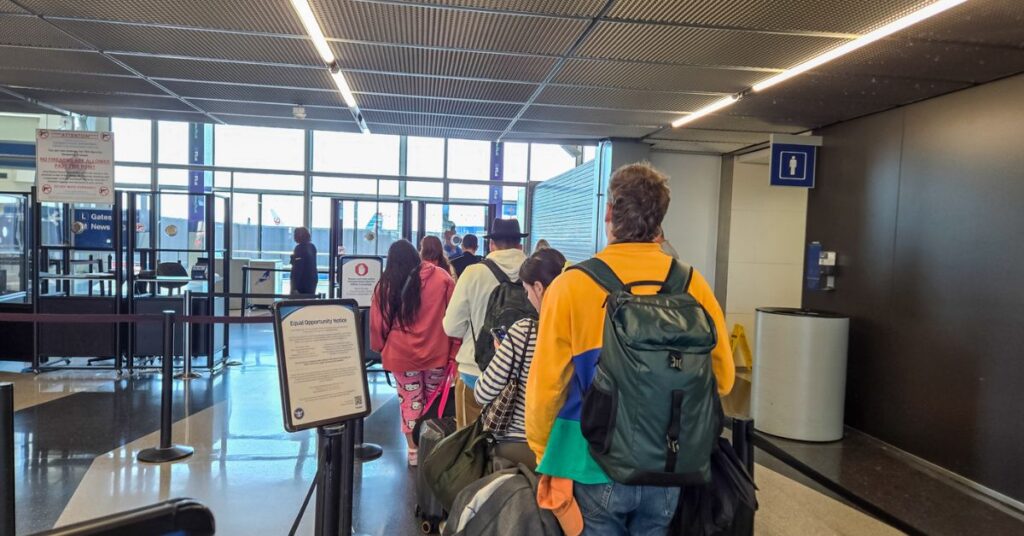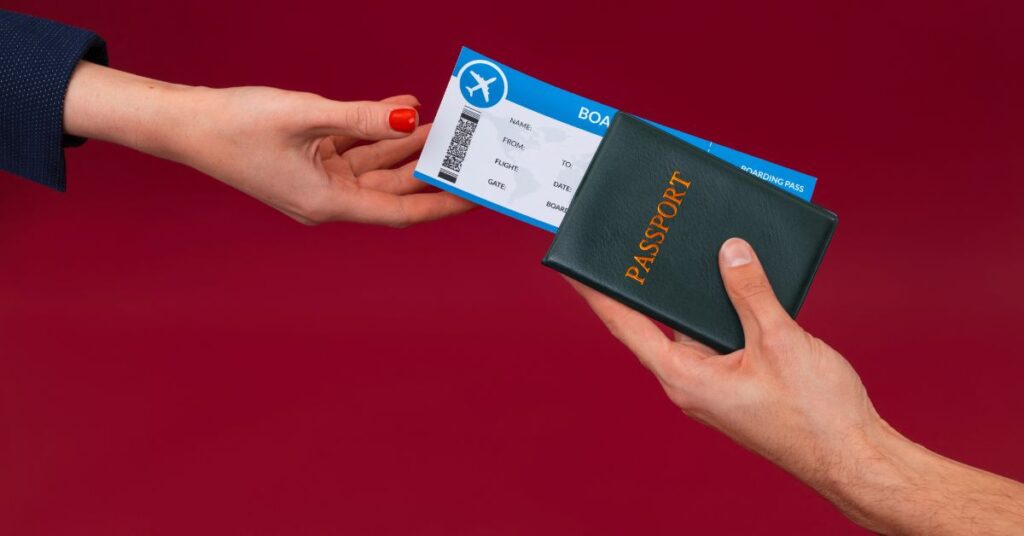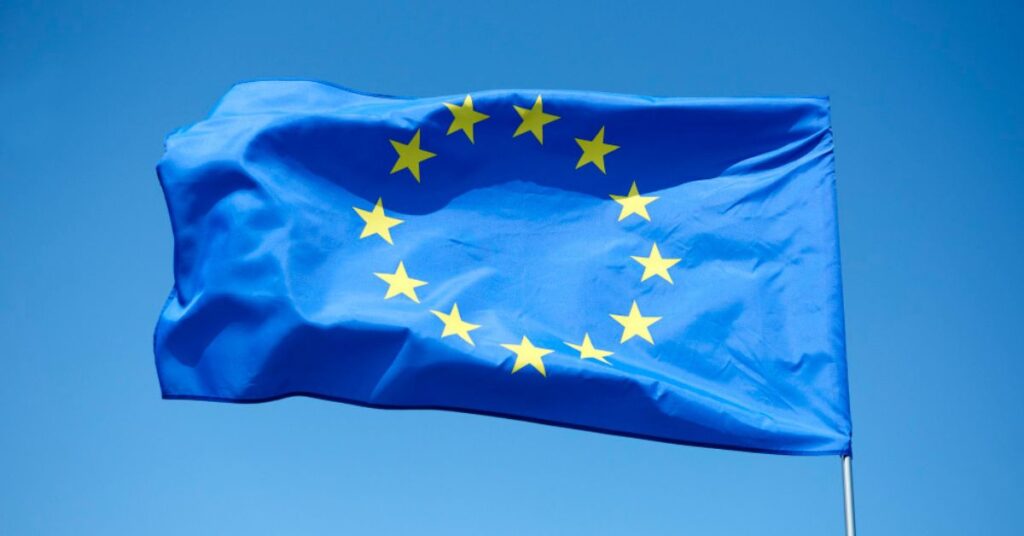
As the European Union (EU) prepares to nearly triple the ETIAS travel authorization fee by 2026, industry leaders are sounding the alarm over what they call a “disproportionate” and “unjustified” cost burden on travelers.
With tourism still recovering amid rising operational expenses and inflation, critics argued that the fee hike risks undermining Europe’s competitiveness as a global destination.
Fee set to triple for millions of travelers
Starting in late 2026, the EU will raise the ETIAS (European Travel Information and Authorization System) fee from €7 to €20. This tripling of the charge applies to visitors from over 60 visa-exempt countries, including the United States, Canada, Japan, and the United Kingdom.
The system, modeled after the U.S. ESTA and U.K. ETA, requires travelers to fill out an online form and receive approval before entering the Schengen Area.
The European Commission justified the fee increase by pointing to rising operational costs, upgraded security features, and better system integration.
New tools like stronger encryption, automated screening, and data-sharing improvements with the Entry/Exit System (EES) are all part of the plan.
However, exemptions still apply. Children under 18, adults over 70, and specific relatives of EU citizens won’t have to pay.
Still, most travelers will face the new fee. A family of four from the U.S., for instance, will go from paying €21 today to €60 in 2026.
Travel sector warns of ripple effect
Tourism leaders across Europe are sounding the alarm. They said that the proposed fee undermines a 2018 agreement between the European Parliament and the Council to keep costs modest and fair.
A joint statement from groups like the European Travel Agents’ and Tour Operators’ Association (ECTAA), Airlines for Europe (A4E), and the European Tourism Association calls the jump “disproportionate” and “unjustified.”
“This increase runs counter to the original intention of the co-legislators,” the statement argued. “It adds another cost to already expensive family travel, especially when hotel taxes in cities like Venice, Barcelona, and Lisbon are also on the rise.”
Patrick Diemer, chair of BT4Europe, called the added cost “another burden on travelers, with little noticeable benefit to the user experience.”
While he supports efficient border systems, he stressed that fees should deliver real value, not symbolic alignment with other countries’ programs.
Lack of transparency fuels frustration
Tourism advocates argued that the European Commission has failed to provide clear justification for the €20 figure. They claimed that there’s no evidence that alternative fees—such as €10 or €12—were seriously considered.
“Insufficient evidence has been presented to demonstrate that this level of fee is necessary to cover ETIAS’ operational and maintenance costs,” the group stated in a call for action.
They’re also rejecting the EU’s comparison to UK and U.S. systems, calling it misleading.
“Fee decisions should reflect the actual operational needs of the EU system,” the statement said. “They should not aim to align with unrelated schemes without clear rationale and legal basis.”

Call for reevaluation and redistribution
The travel sector isn’t just pushing back; it’s offering alternatives. Associations wanted the European Commission to publish a detailed impact assessment justifying the fee, with a breakdown of how the money will be used.
They suggested that any surplus revenue should be reinvested in tourism development, staff training, and sustainability projects under the EU’s Multiannual Financial Framework.
Industry leaders are urging the Council and Parliament to reject the €20 proposal and adopt a more “evidence-based and proportionate” amount instead.
They said that doing so would balance security needs with economic growth from tourism—a sector still recovering from pandemic losses and facing inflation, labor shortages, and geopolitical instability.
ETIAS necessary for security
The ETIAS is part of a modernized digital infrastructure designed to protect borders while facilitating smoother travel. The Commission said that the system will reduce risks from terrorism, health threats, and illegal migration by screening travelers in advance.
Each application will be checked against EU security databases such as Interpol and Europol. Most applicants will receive approval within minutes, but those flagged for issues could face delays or denial of entry.
EU officials added that the delayed rollout—now expected in late 2026—gives member states more time to prepare and ensures that the system launches smoothly.
Concerns over economic consequences
While security remains a priority, tourism advocates feared that the timing of the hike could weaken Europe’s competitive edge. The combined cost of higher ETIAS fees, soaring accommodation taxes, and travel inflation may drive tourists elsewhere.
With inbound tourism being a key economic driver—especially in Southern Europe—many worried that the added cost sends the wrong message.
“The financial and administrative burdens on visitors must be carefully balanced to maintain Europe’s appeal as a global destination,” the industry warned.

Path forward remains unclear
The Council and European Parliament now have two months to review the proposed fee before it becomes law. They may suggest amendments, request more data, or extend the decision period.
Without intervention, the €20 fee will automatically take effect when ETIAS goes live.
With pressure mounting from across the travel industry, the debate over fairness, transparency, and economic impact is far from over.
